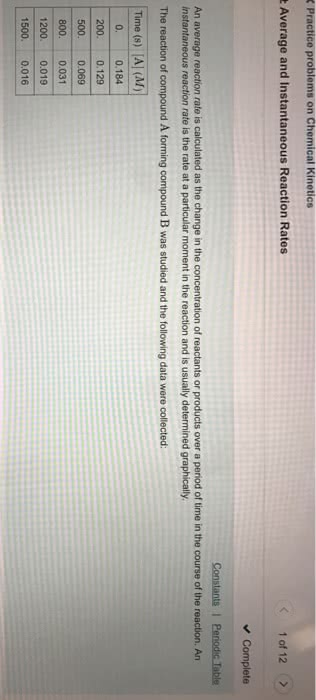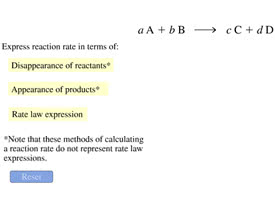CH 302 Lecture Notes - Lecture 1: Houghton Mifflin Harcourt, Rate Equation, Chemical Kinetics
Document Summary
Chemical kinetics is the study of the rates of chemical reactions and the mechanisms by which they occur. The rate at which a reaction proceeds can be described in terms of: the rate at which one of the reactants disappears or the rate at which one of the products appears. Because rates may change as time passes, average rates of reactions are usually expressed as change in concentration over change in time and are in units of mols/l. s. Rate = concentration change/time change aa + bb cc + dd. The reaction rate must be positive as it describes the forward reaction in which a and b are consumed to produce c and d. The rate of a chemical reaction changes with time. Therefore, the rate is usually expressed as the average rate during a given time interval. We can however express the instantaneous rate or the rate of a reaction at a particular time.




